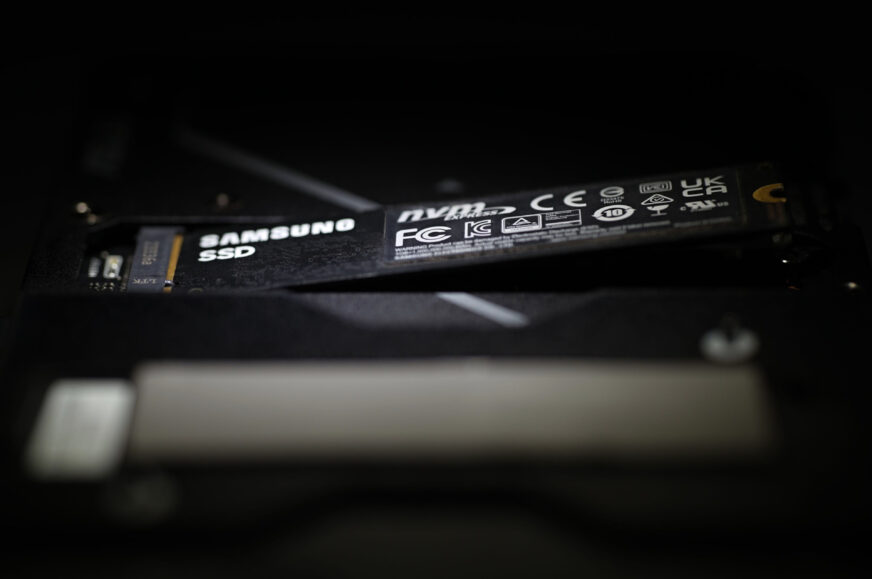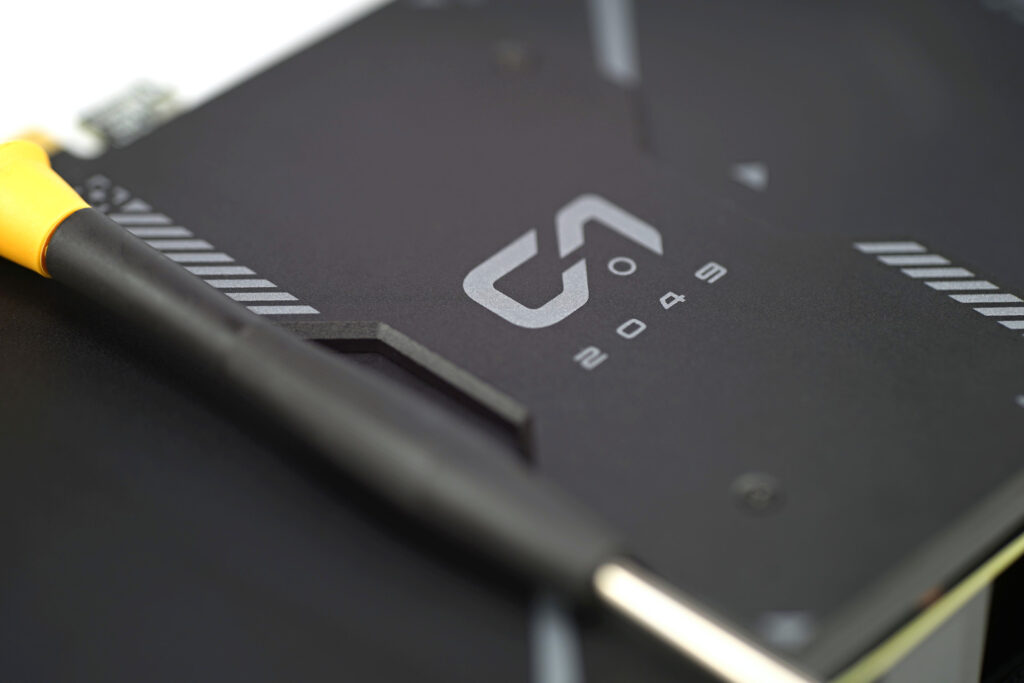Conclusion
Among RTX 4060 Ti graphics cards, Asus has multi-functional designs with an M.2 slot for NVMe SSDs. These, unlike other models, don’t waste the potential of the PCI Express ×16 interface so significantly. To evaluate this design, partial results from motherboard tests are now extremely useful. Those results that relate to the M.2 slot speeds and the efficiency of SSD coolers. After all, the Asus Dual RTX 4060 Ti SSD also competes in both disciplines.
Conclusion
Asus has done well with the coexistence of the graphics card with the SSD. Or maybe great? Well, whatever you want, judge for yourself. Based on the test results, we can conclude that we did not encounter any anomalies that would, for example, reduce the speed of the SSD. The latter, on the contrary, is exceedingly high, as it holds its own in the top half, in both read and write, when confronted with more than 70 slots on motherboards. This is, of course, not surprising. This is the type of test that is only meant to check that everything is OK – “as expected”. And so it is, the 4-lane PCIe 4.0 SSD in the Asus Dual RTX 4060 Ti O8G SSD graphics card isn’t hindered by anything.
With this graphics card, you can even get a faster M.2 slot for the SSD than the motherboard has available on its own level. Naturally, it’s also a way to get another slot if all the others are already taken. On more expensive motherboards you probably won’t have to deal with such a complication, but on low-end motherboards with the AMD A620 chipset (often paired with the Ryzen 7 7800X3D), one M.2 slot may not be enough and a second one (on the graphics card) may come in handy. This solution also has a “cooling” value.
If you look at the Asus graphics card as an SSD cooler, then in idle (at some 15W), it’s compared to coolers on motherboards or those sold separately, it comes out on top in the grand comparison. In heavy graphics card workloads, the RTX 4060 Ti O8G SSD is already dropping a bit in the rankings, but it’s still a better option compared to the vast majority of SSD coolers on motherboards, as you’ll achieve lower SSD temperatures with it. Sure, it comes at the price of active cooling (versus passive, motherboards coolers…), but you can’t avoid it – with a 170-watt graphics card, the fans will always be spinning. And whether the SSD is “riding” alongside them or being cooled to higher temperatures by a weaker passive cooler somewhere nearby doesn’t matter.
So yes, the added value of the Asus Dual RTX 4060 (O)8G Ti SSD can be seen (and appreciated) from multiple perspectives. However, it’s always important to make sure your motherboard supports PCIe lane bifurcation to ensure support at all. We covered this in detail in the second half of the first chapter of this article.
English translation and edit by Jozef Dudáš












